What is Australian Diver Accreditation Scheme (ADAS)?
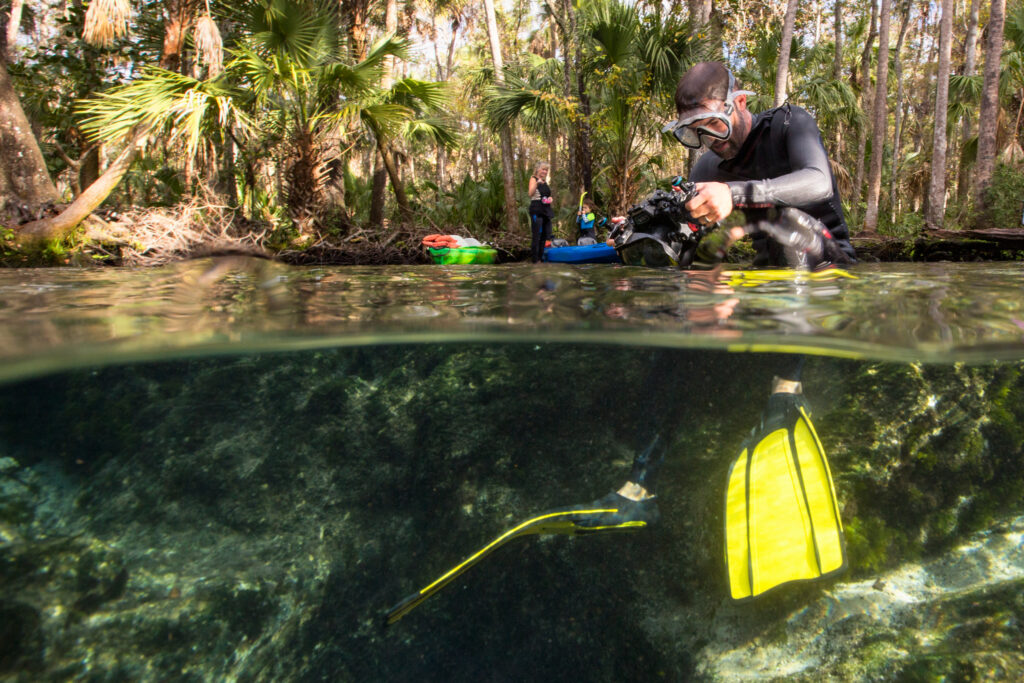
Founded in Australia, the Australian Diver Accreditation Scheme (ADAS) stands out as a pioneering international commercial and occupational diver certification scheme. Its core mission is to promote, develop, and maintain global standards for safety in diving and hyperbaric operations. Since its inception, ADAS has grown from a national body into a noteworthy global authority, overseeing training and accreditation across several countries and continents.
What is the Association of Diving Contractors International (ADCI)?
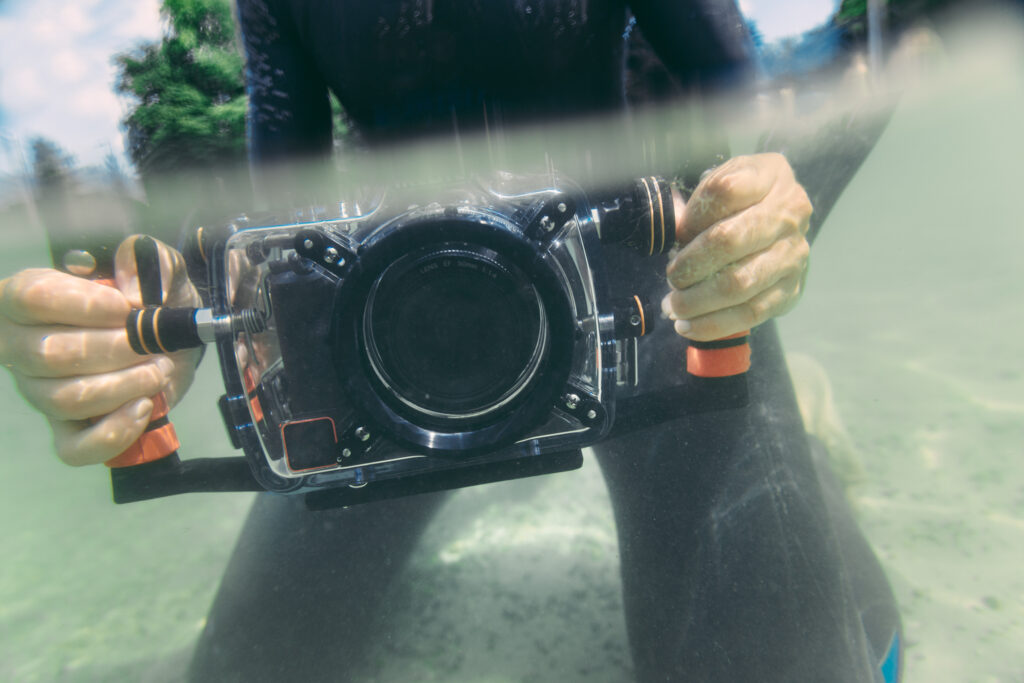
The Association of Diving Contractors International (ADCI) is a key organization within the commercial diving industry, founded to enhance the safety, communication, and practices among its members and the industry at large. As the primary authority on safety and regulations for commercial diving operations, the ADCI’s standards are recognized and implemented globally. This entry aims to provide a comprehensive overview of the ADCI, detailing its history, mission, structure, and pivotal role in shaping industry standards.
What is Water Pressure when Diving?

Water pressure is a crucial concept in scuba diving, defined as the force per unit area exerted by the weight of water. The weight of the water column above a certain depth creates this pressure. This pressure is not just from the top down, but it is exerted equally from all directions. The deeper a diver descends, the greater the water pressure exerted on their body.
What is a Forward Roll Entry?
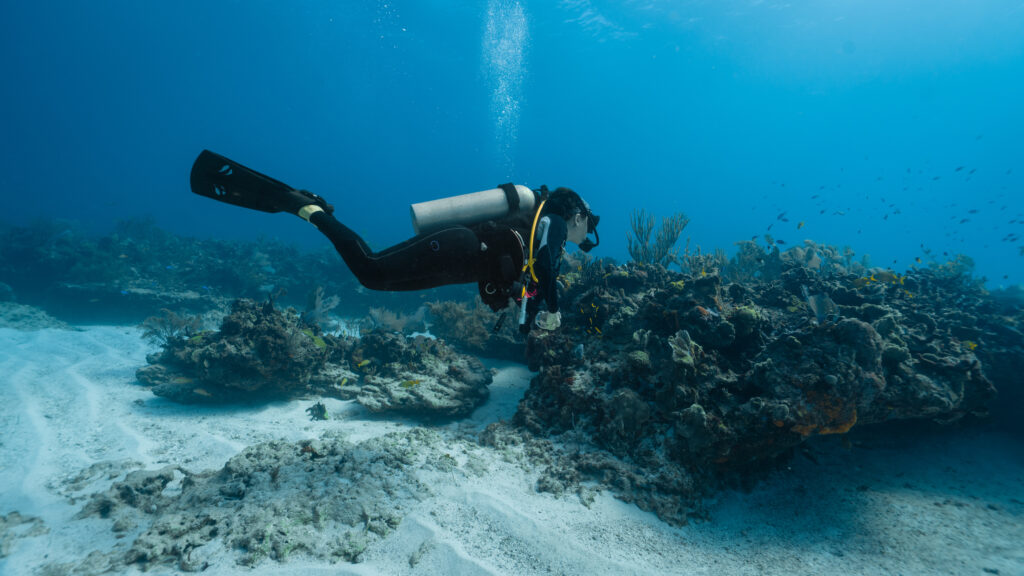
The forward roll entry, a staple technique for scuba divers, is a safe and efficient way of entering the water from a boat or a pier. As a key skill for divers of all levels, it is essential to master this technique for both safety and comfort. This entry will discuss the benefits of using the forward roll entry, the steps to execute it correctly, and potential hazards and tips to avoid them.
What is the Maximum Operating Depth?
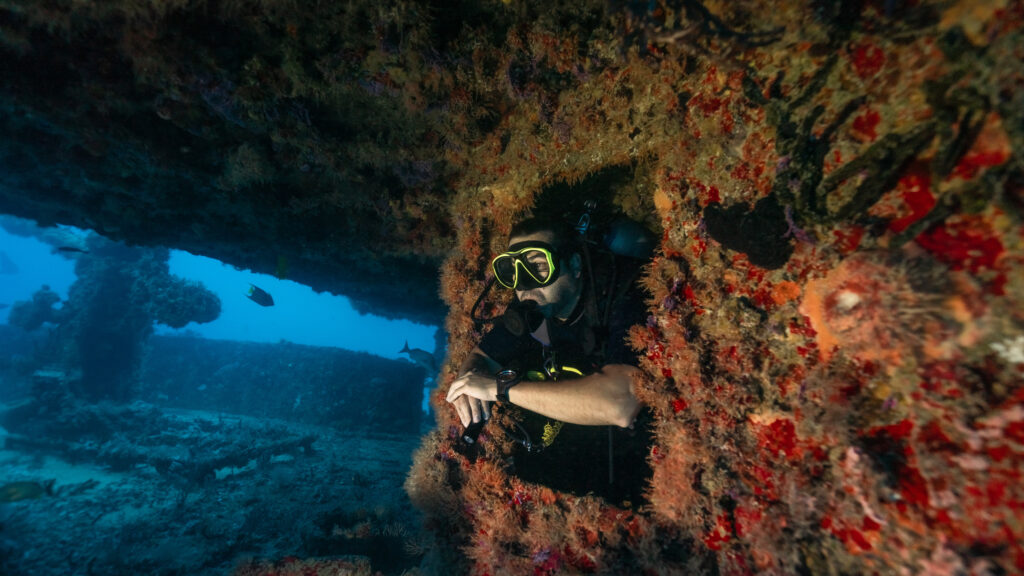
Maximum Operating Depth (MOD) is a critical concept in the field of scuba diving. It refers to the deepest depth at which a particular gas mixture can be used safely without the diver experiencing oxygen toxicity. Understanding and adhering to the MOD is essential for ensuring diver safety and preventing potentially life-threatening conditions. MOD varies depending on the gas mixture being used and is influenced by the partial pressure of oxygen within the breathing gas. By comprehending the significance of MOD, divers can plan their underwater excursions more effectively and reduce the risks associated with diving to greater depths.
What is Mixed Gas?

Mixed gas, in the context of scuba diving, refers to breathing gases other than air, which are used to extend bottom time, reduce decompression obligations, and manage the risks associated with deep diving. These mixtures can include combinations of oxygen, nitrogen, helium, and other inert gases, tailored to specific diving conditions and depths. By using mixed gases, divers can safely reach greater depths and explore environments that would otherwise be inaccessible due to the limitations of breathing air alone.
What is a Quad Cylinder System?
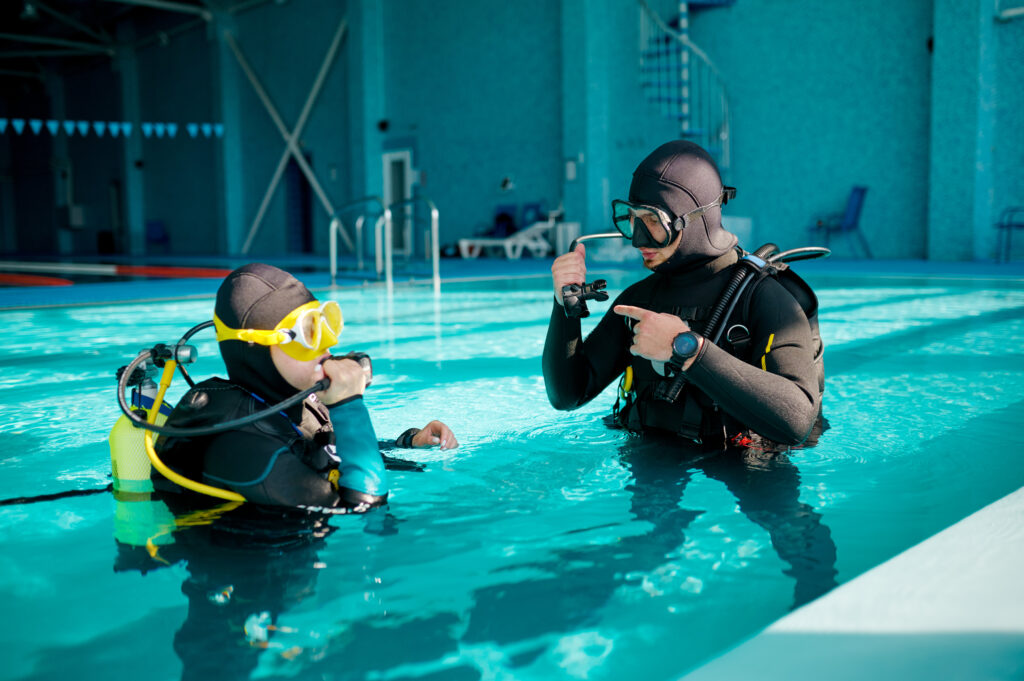
A quad cylinder system, commonly used in advanced scuba diving, refers to a configuration where four individual cylinders are used to supply breathing gas. This setup is particularly important for technical and deep-sea divers who require extended gas supplies and redundancy for safety. The evolution of scuba diving equipment has seen significant advancements, and the quad cylinder system represents a pinnacle of such technological progress. This article delves into the historical development, components, usage scenarios, safety considerations, and the advantages and limitations of quad cylinder systems, providing a comprehensive understanding of their significance in scuba diving.
What is Laryngospasm?
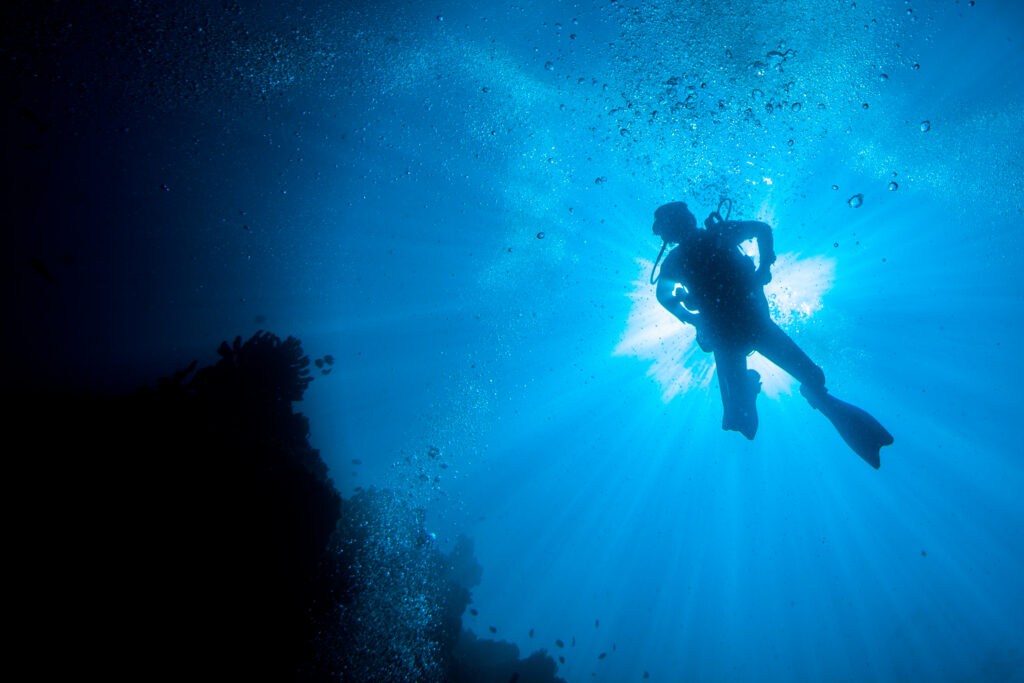
Laryngospasm is a sudden, involuntary contraction of the vocal cords that can temporarily block airflow to the lungs. In the context of scuba diving, this condition is particularly hazardous because it can occur unexpectedly and lead to life-threatening situations underwater. Understanding laryngospasm is crucial for divers, as it directly impacts their safety and ability to respond effectively to underwater emergencies.
What is a Gas Fraction?

In the context of scuba diving, a gas fraction refers to the proportion of each gas component within a breathing gas mixture. Understanding gas fractions is crucial for divers to ensure safe and efficient breathing under water. The significance of gas fractions cannot be overstated, as they directly influence dive planning, physiological effects on the body, and overall safety. By grasping the fundamentals of gas fractions, divers can make informed decisions that enhance their underwater experience while minimizing risks.
What is Open Circuit Scuba?

Open circuit scuba diving is a method of underwater diving in which the diver breathes from a tank of compressed gas and exhales directly into the water. This system is contrasted with closed-circuit systems, where exhaled gas is recycled and re-breathed. Open circuit scuba is the most common and widely used system in both recreational and professional diving. It is valued for its simplicity, reliability, and the extensive training programs available to certify divers. The ease of use and availability of open circuit scuba equipment have made it a cornerstone of underwater exploration.
